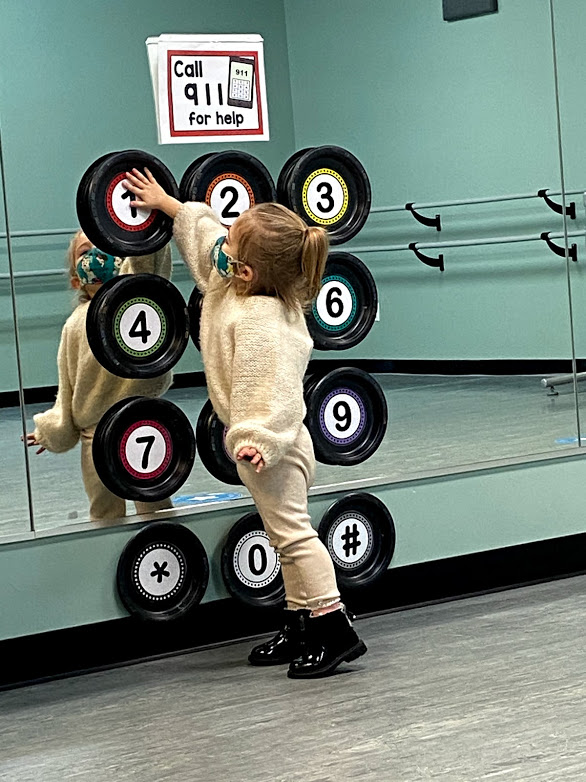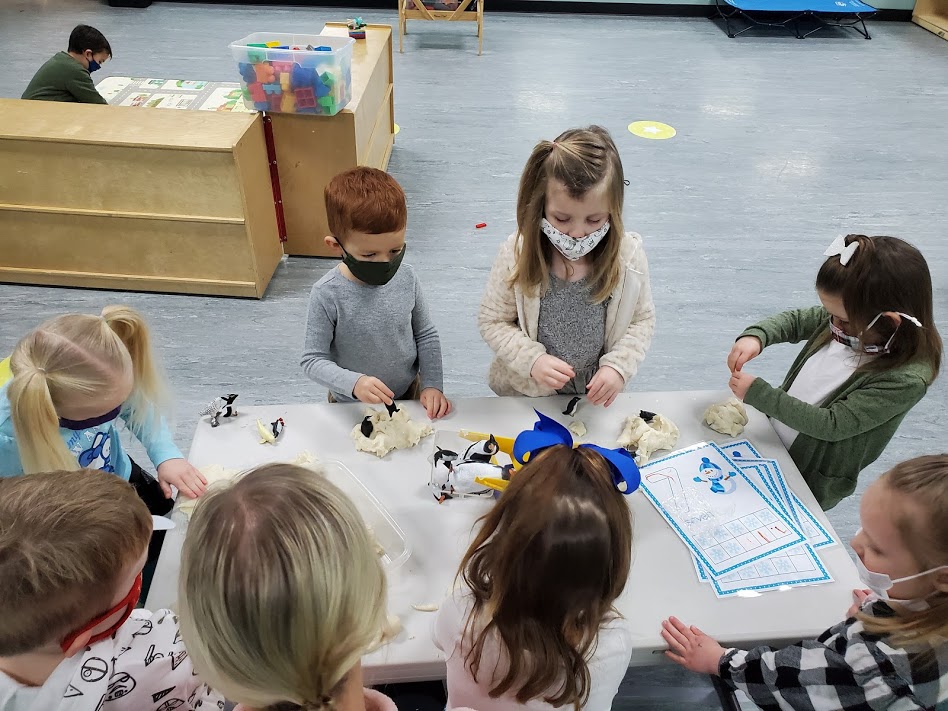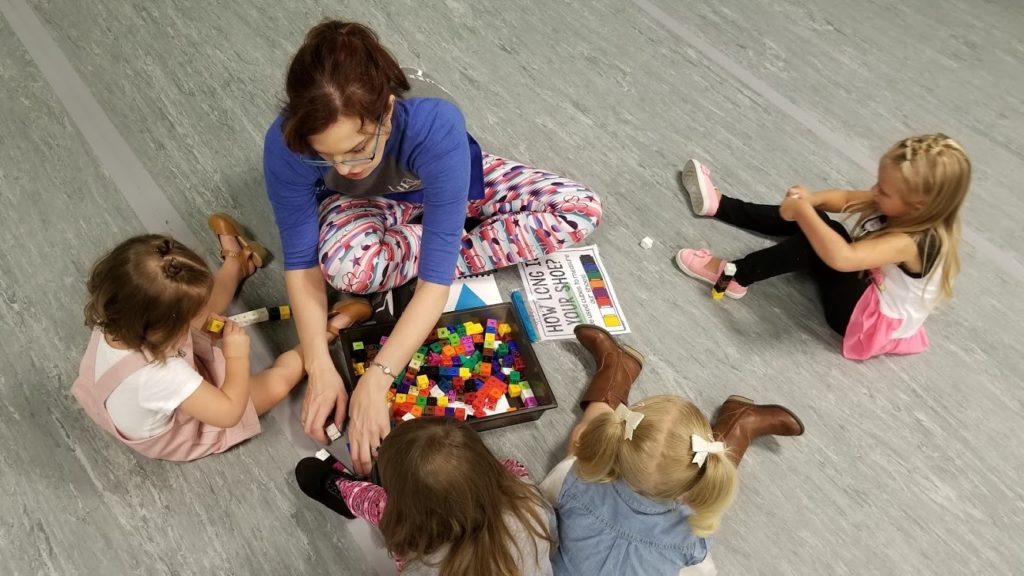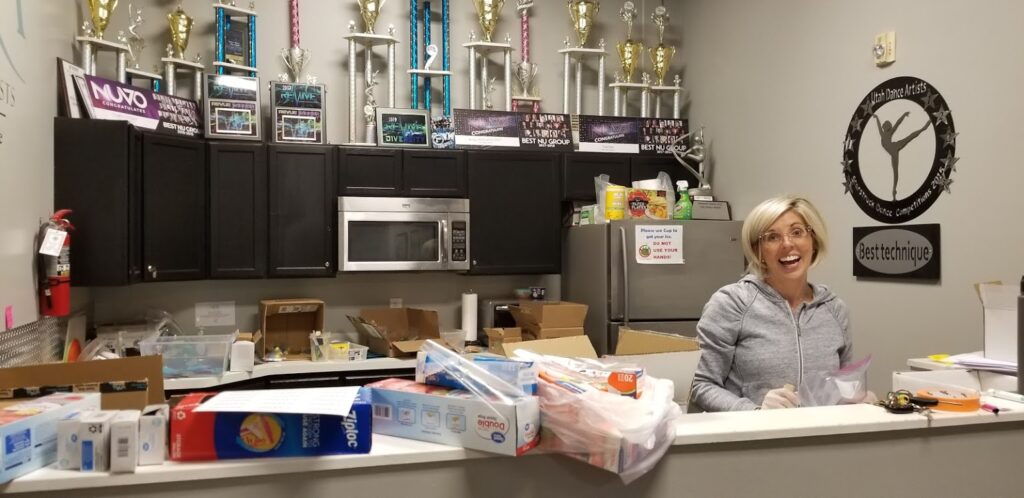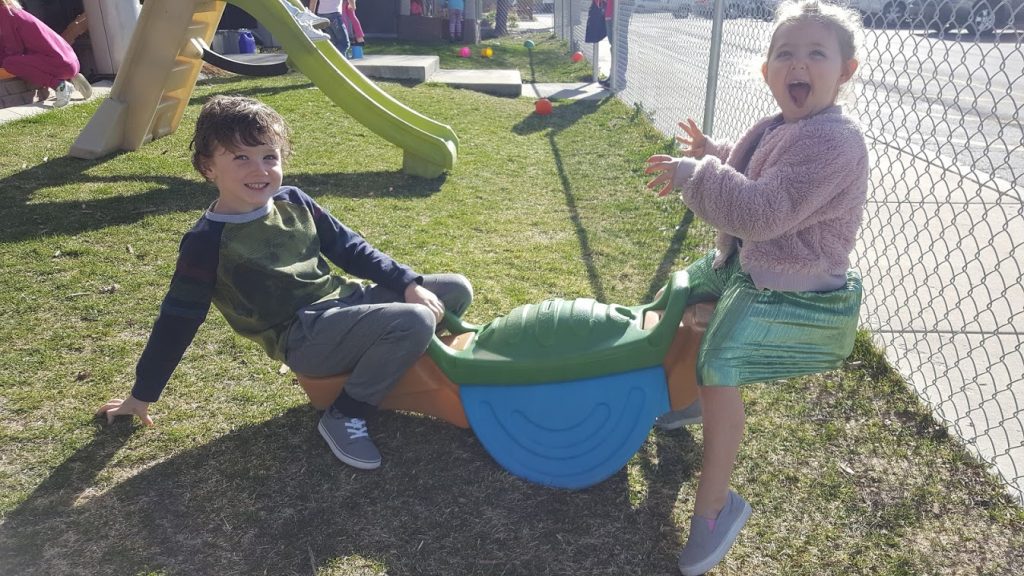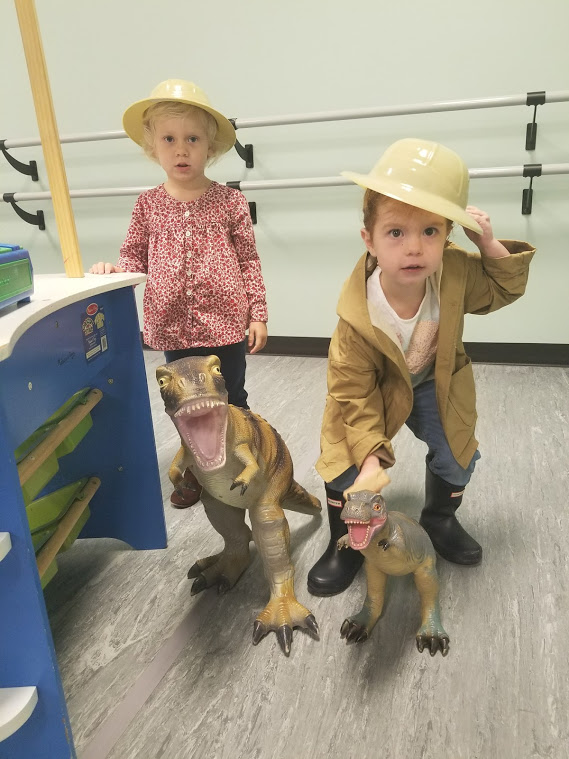You may have noticed we use thematic weekly units here at UDA Creative Arts Preschool. From “D Is for Dinosaur” to “S Is for Safety,” our themes provide a fun structure for each week’s learning.
But it’s not only about fun! Learn why we use thematic weekly units, how it’s benefitting your child, and how it looked during “S Is for Safety” week.
Why Thematic Learning Is Important in Preschool
Thematic units allow us to cross subject matter lines seamlessly — we can incorporate math and engineering by counting the wheels as we construct a vehicle during a week on transportation. We can then learn about colors as we paint our own vehicle. As we pretend to be vehicles during creative movement class, we exercise and understand our bodies more fully.
Essentially, thematic learning helps children explore, understand, and appreciate their world in deeper, more connected ways.
Thematic units help children achieve higher levels of learning. Children create meaning through discovering how facts and ideas relate to each other across subjects.
This is helpful for your child’s whole life. When they encounter a world problem, like homelessness, the solution involves social studies (it’s an issue related to people and how they interact), science (weather factors into the challenges), math (the finances that need to be involved in the solution), engineering (the construction that is needed in the solution), and so much more.
Through thematic learning, your child is learning how to think deeper and more critically, and to be someone who can contribute to real-world solutions — in their own lives and in the world at large.
Thematic learning in preschool is laying the groundwork for your child to make meaningful connections and see the bigger picture. It’s providing a framework for problem solving, interacting in the world, and learning as a lifelong pursuit.
The Benefits of Thematic Learning
In addition to learning how to make deep connections and problem solve, thematic learning helps your child in a variety of ways.
Critical Thinking Skills
Critical thinking skills are developed as children learn to explore, evaluate, and apply knowledge across different subjects.
During “S Is for Safety” week, we incorporated pretend play into the curriculum by pretending to be super heroes. But like everything in thematic learning, this wasn’t only for fun. We taught the children safety skills, like how to dial 911, how to be safe near a street, how to ask for help, and more in a variety of ways. When the week was over, every child had earned their Super Safety Kid training certificate.
When the children encounter a tricky situation, they will now have the skills to think critically to solve their problem.
Creativity
Creativity is enhanced though thematic learning, because children learn to think outside the box in their problem solving.
We taught the children the science of why water puts out fire, and then let them “put out” their own fires as a way to develop numerical literacy. With water bottles, they sprayed numbered laminated flames. “Putting out” fire 1, and counting up one-by-one, was a great way to help children understand counting and numbers’ relationship to each other.
In pretend play, the children “put out” construction-paper fires, making the idea of safety more connected to their real world and allowing them to face a potentially-scary subject on their own terms.
In art, we combined the colors of fire to see what happens when they blend together.
Memory Is Enhanced
Memory skills are developed in thematic learning, because children make deeper connections. This is great, because it means that learning loss is then prevented.
During creative movement class, we practiced stopping, dropping, and rolling. Not only did this help children move their bodies and develop strength, it reinforced an important concept. We hope they never have to use this skill, but by practicing it in our creative movement class, it will be brought to their memory if needed.
Art projects that encourage children to think about the thematic subject help children make more memorable connections. Art is a positive learning activity by itself, but combining it with the theme of the week helps children continue to make connections they can remember and apply in other places.
Learning Becomes More Self-Directed
In thematic units, children learn how to learn. Because their curiosity takes the driver seat, they are shown how to follow a topic from subject to subject. They collect more and more information along the way.
Giving the children props and dress-ups related to our “S Is for Safety” theme allowed the children to decide how they want to understand the topic. They got to “try on” different roles and act them out. This allowed them to process everything we were talking about in class.
The Family Can Join in Learning
When thematic units are used, the family can be a part of learning, since the themes are easy to talk about.
When parents know the theme, they can ask more directed questions. A question like, “How did you learn about safety in creative movement class?” might remind your child that they fashioned capes and acted as Super Safety Kids.
{Read: How to Get Your Preschooler to Open up After School}
Communication Improves
Thematic learning helps children communicate better, as they get familiar with new vocabulary being used in natural settings.
In our “S Is for Safety” unit, children learned deeper meanings of common words, like safety, gratitude, and fire fighters.
They also learned potentially new-to-them words, like fire engine, dispatcher, and caution.
And they learned how to use language to communicate in critical moments. They practiced dialing 911, and what they should say to the dispatcher.
It’s Just Fun!
Thematic learning is FUN! Kids love learning this way (and preschool teachers love teaching this way!). When children are having fun, they not only stay engaged longer, but they associate positive feelings with learning.
At UDA Creative Arts Preschool in Draper, Utah, our thematic units cover social studies, science, math, reading, art, creative movement and dance, music, character development, and writing. We enjoy full, integrated days of learning, exploration, and fun. To learn more about how we teach thematic units, contact us online or give us a call at (801) 523-5930.











